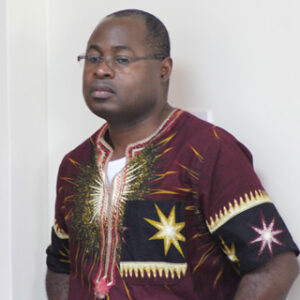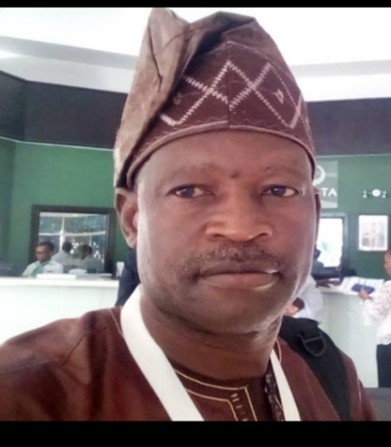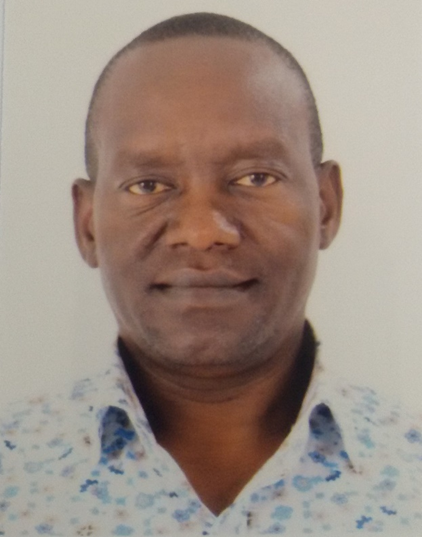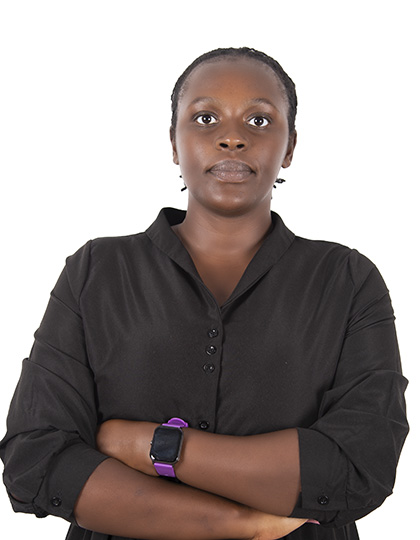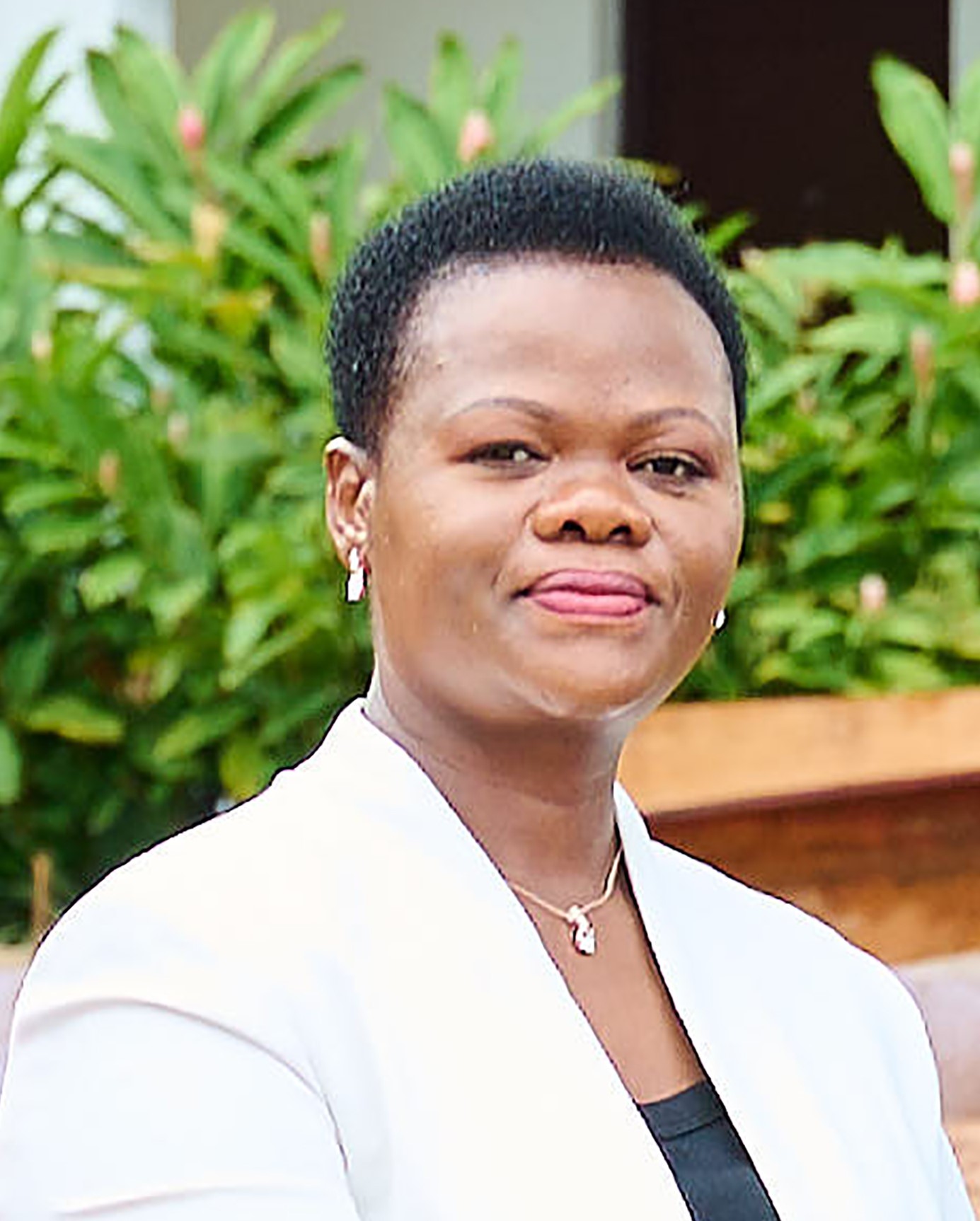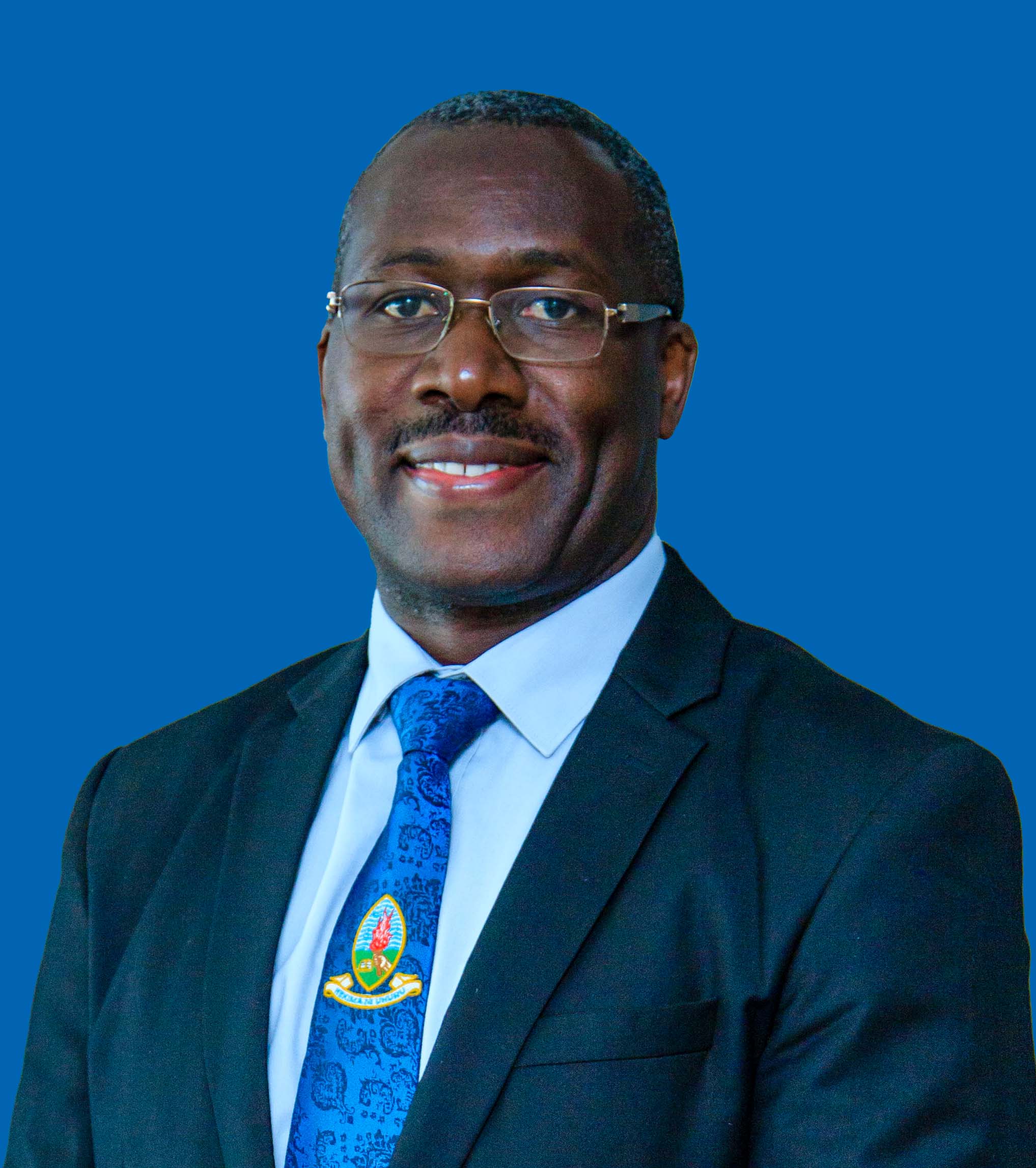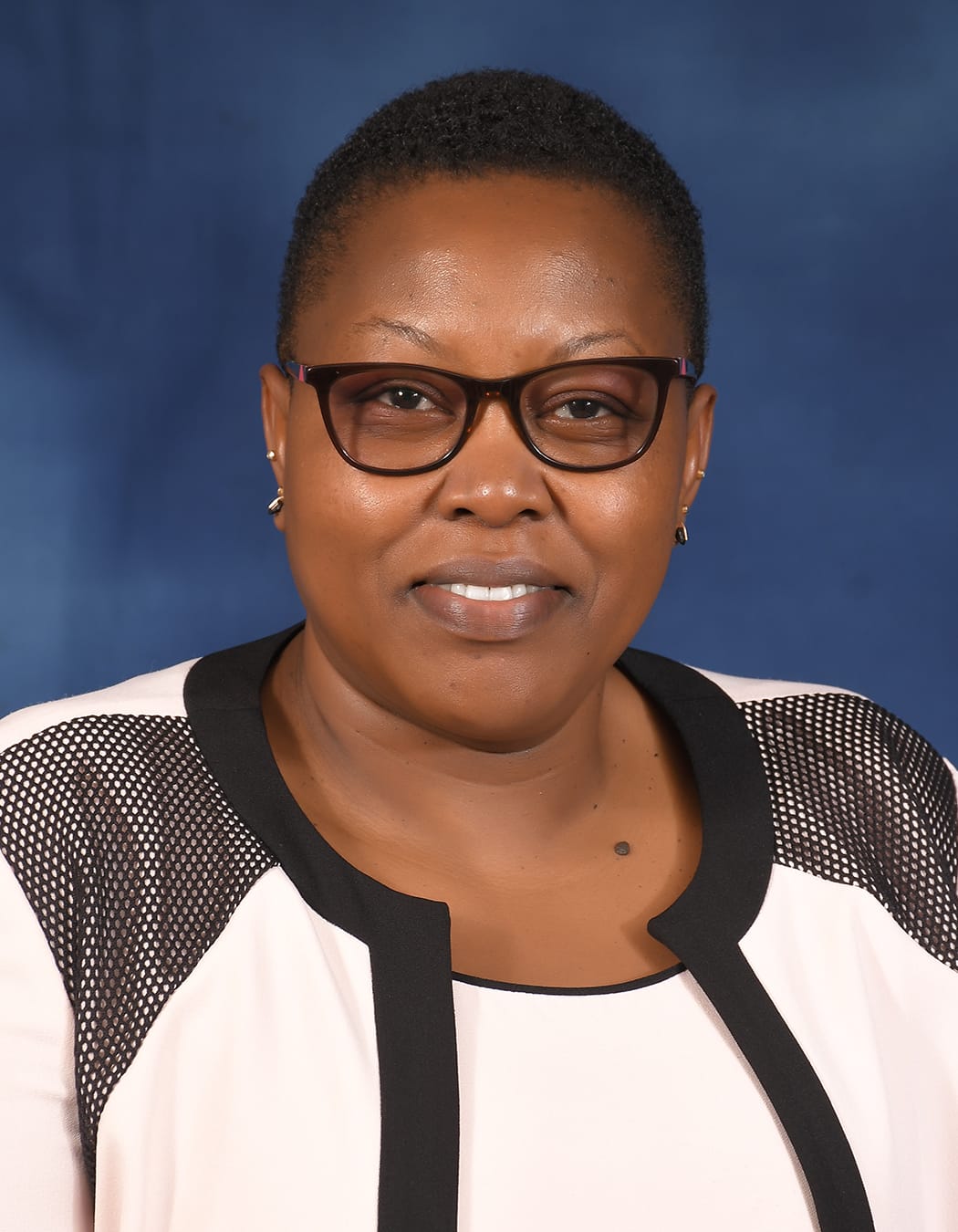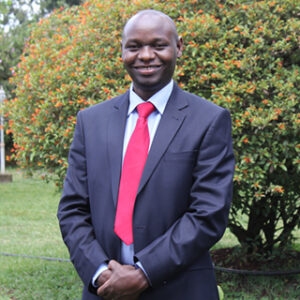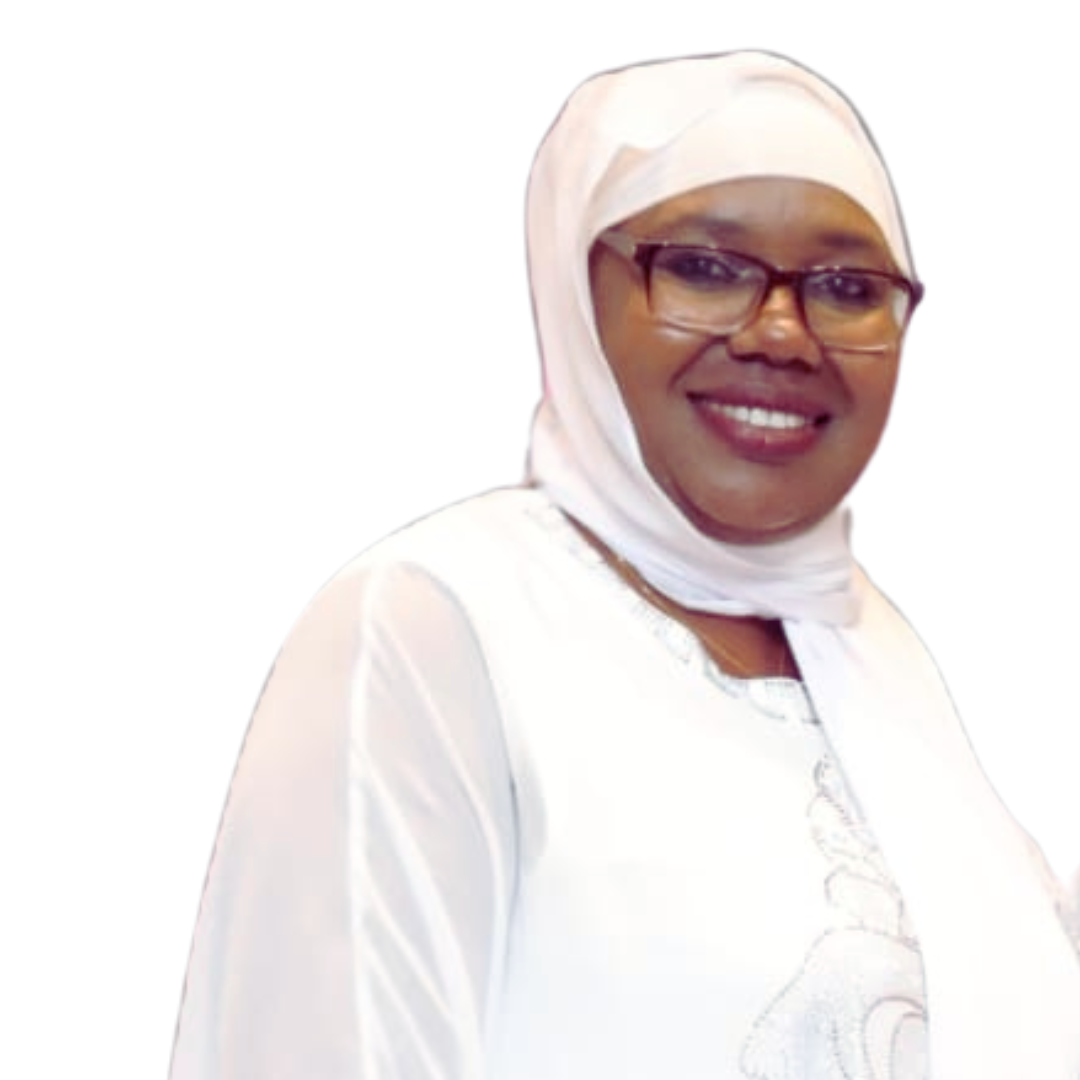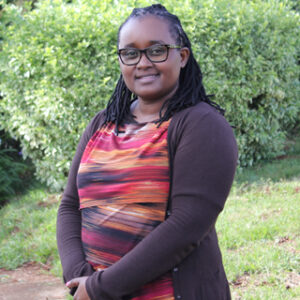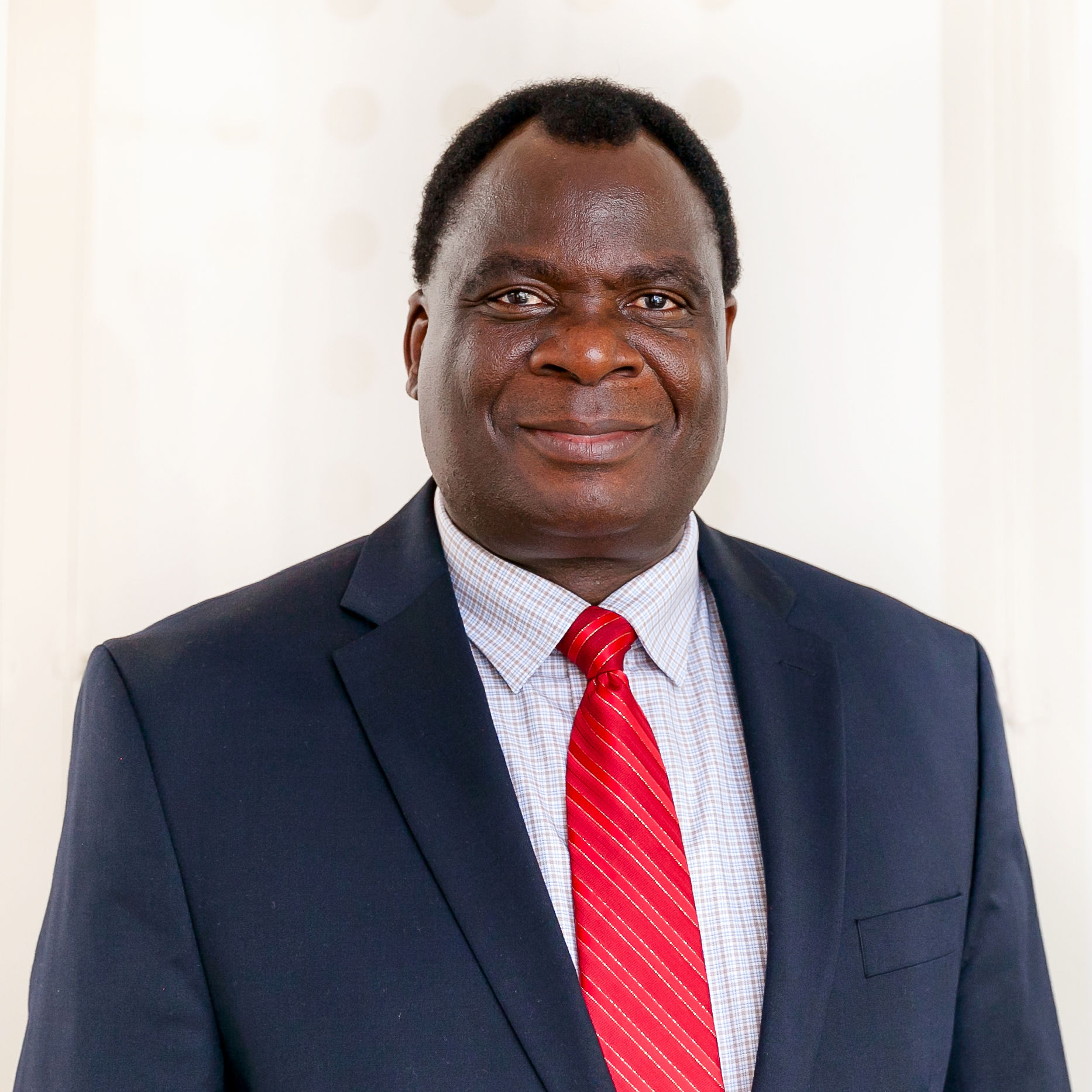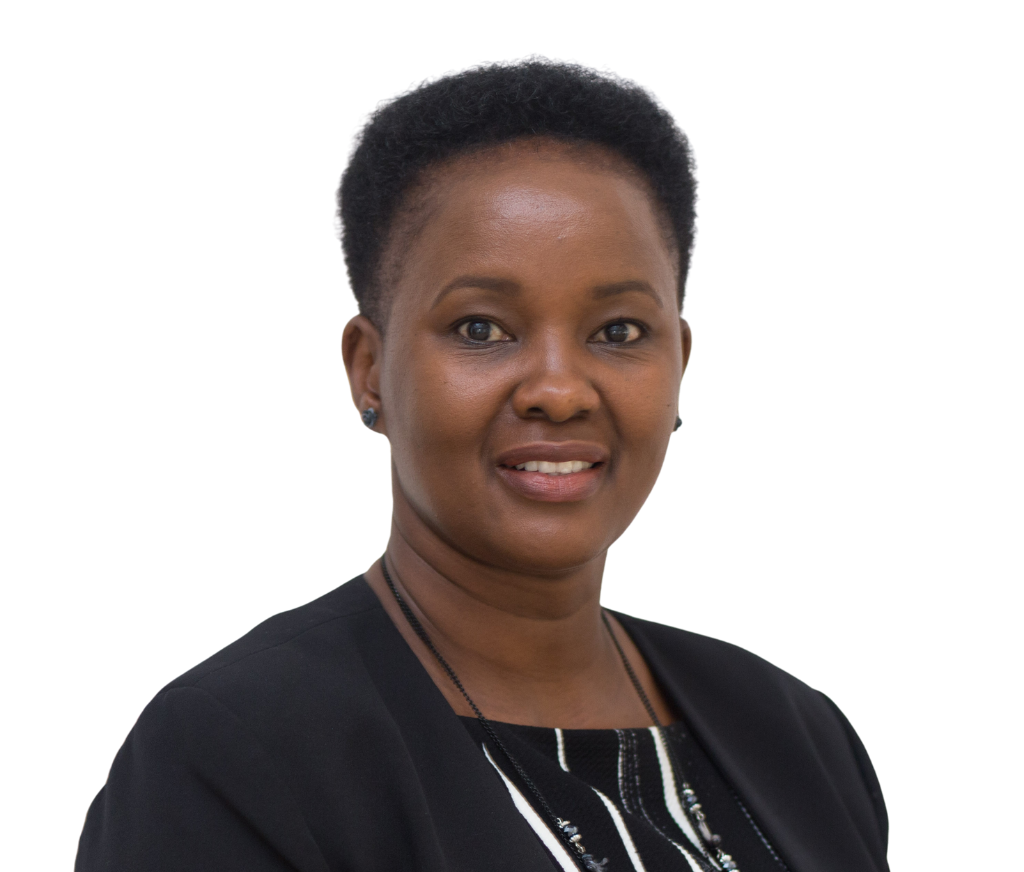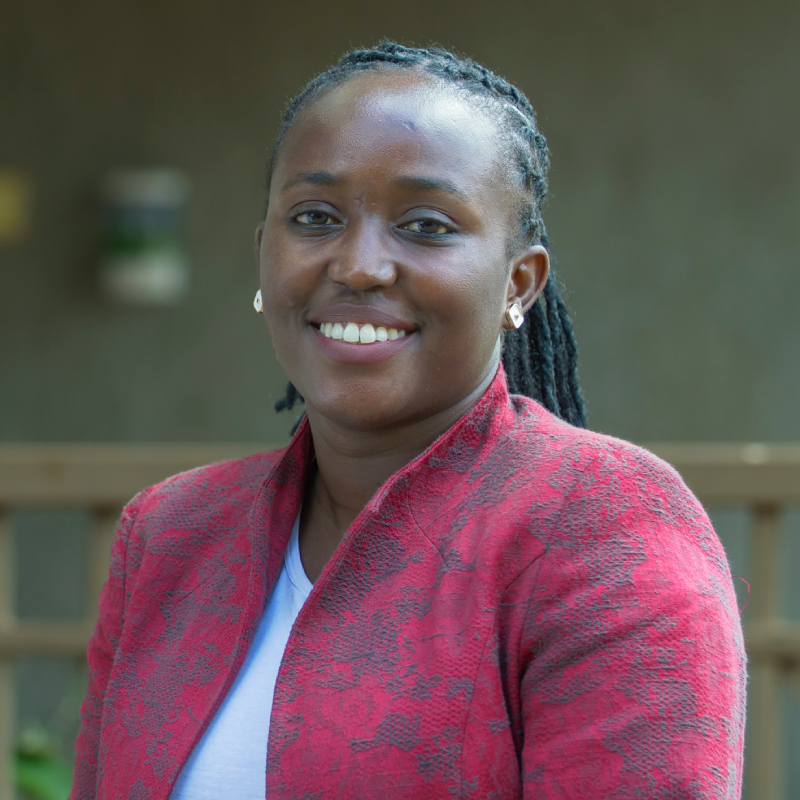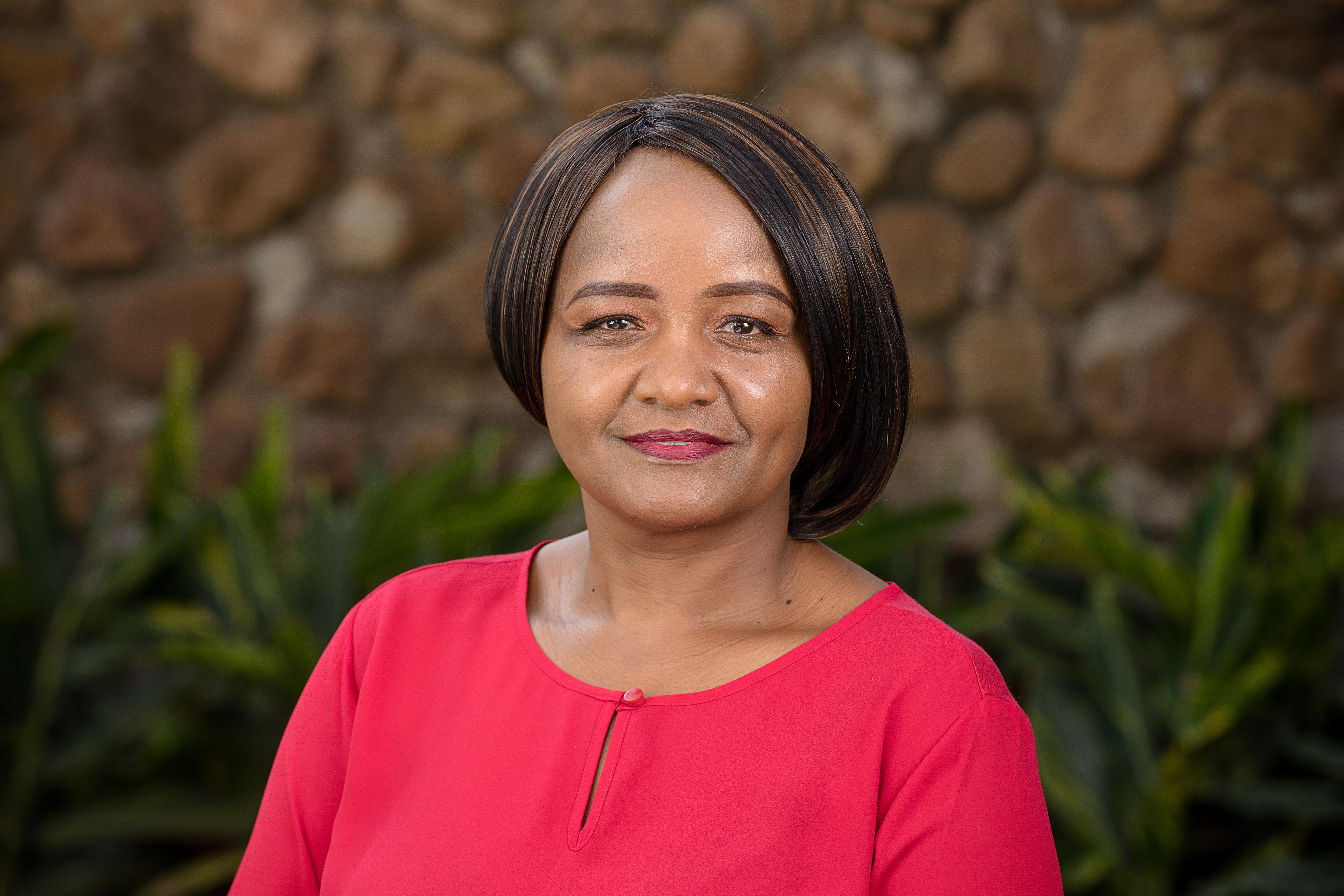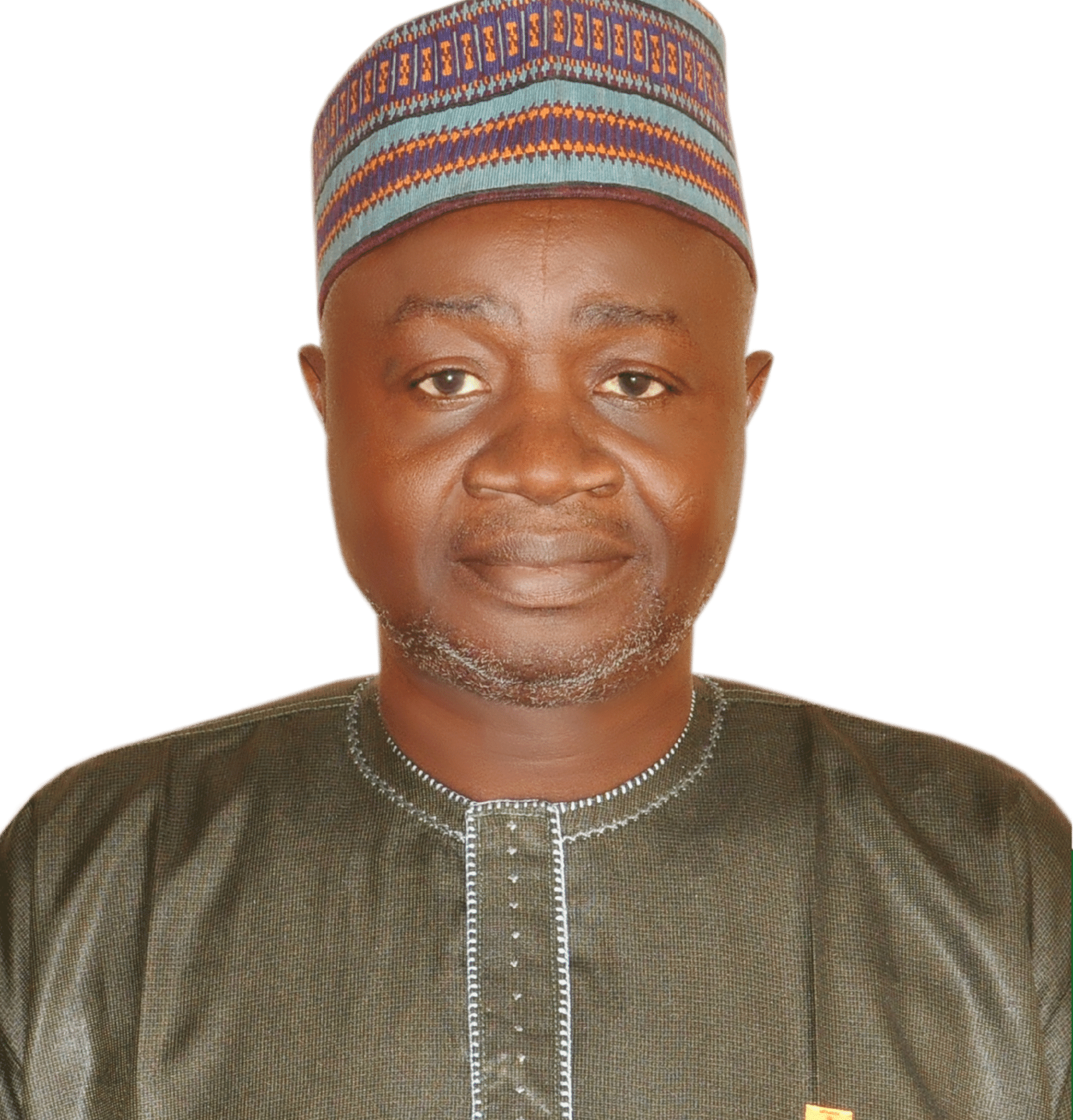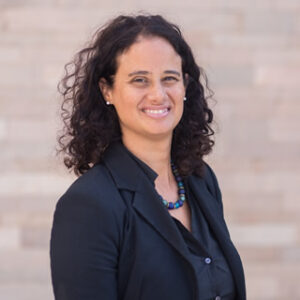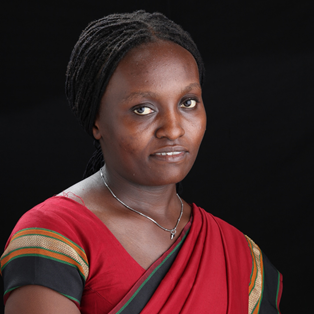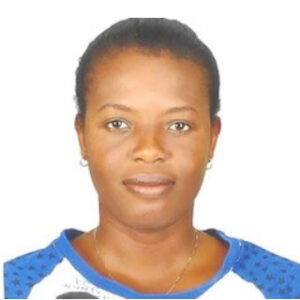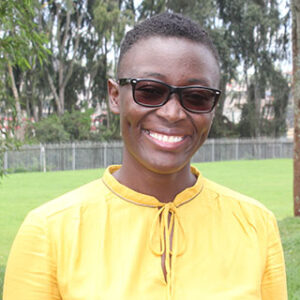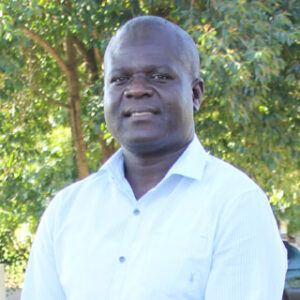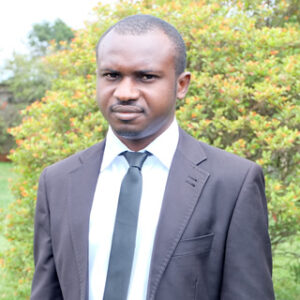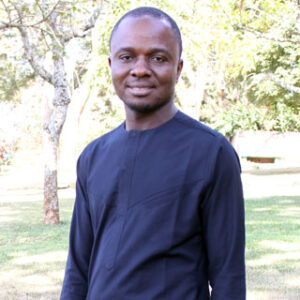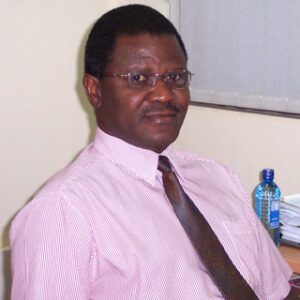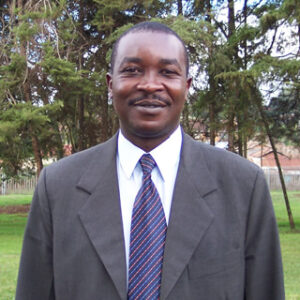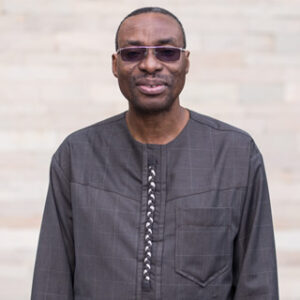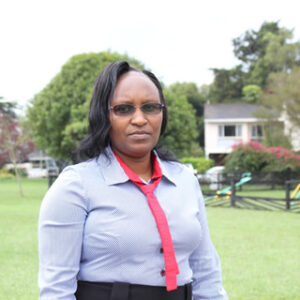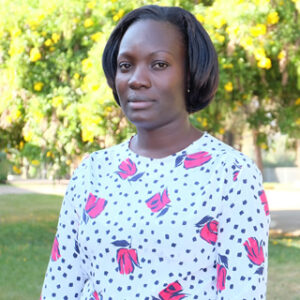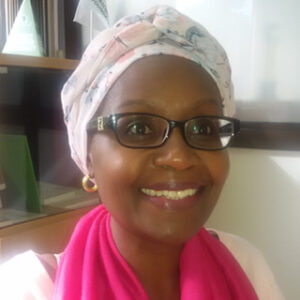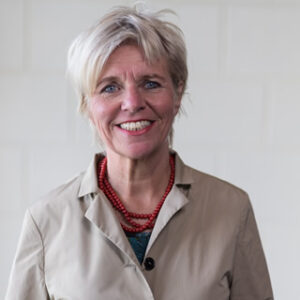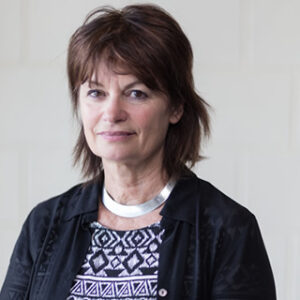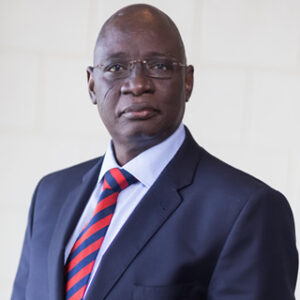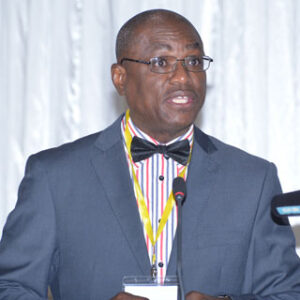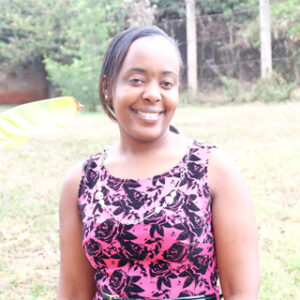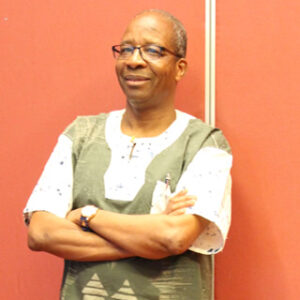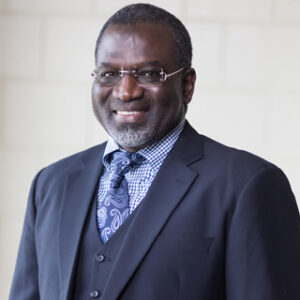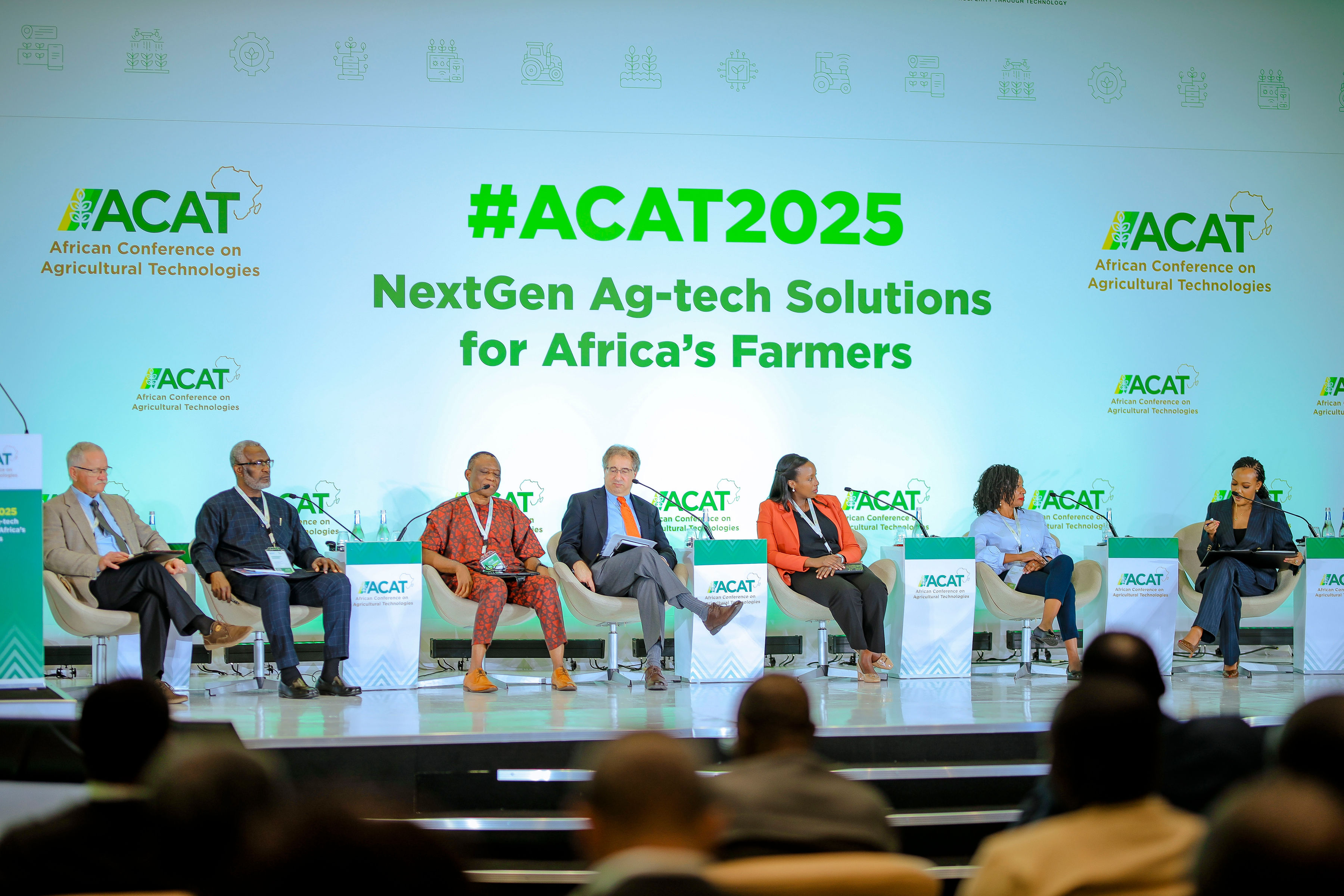
By George Achia
Two weeks ago, the African Conference on Agricultural Technologies (ACAT) concluded in Kigali, Rwanda. As the continent’s leading forum dedicated to transformative agricultural technologies, ideas, and policies, ACAT continues to play a vital role in advancing Africa’s agricultural transformation and amplifying the continent’s voice in global agricultural discourse.
The conference provided a valuable platform to showcase Africa’s capabilities and potential, while serving as a rallying point to define and promote a unified agricultural agenda for the continent’s future. As I listened to the various dialogues, speakers, panel discussions, and plenary sessions, several key takeaways emerged, points that must be carried forward to drive meaningful impact in the sector.
The conversation at ACAT was not just about agriculture; it was about Africa’s destiny.
Today, Africa stands at a defining crossroads. One path continues the cycle of food insecurity, driven by underutilized land, limited use of technology, and fragmented markets; while the other leads to a future where Africa is a global powerhouse in food and nutrition security, powered by innovation, partnerships, and transformative investment.
With 60% of the world’s uncultivated arable land and a youthful population, estimated to be more than 400 million, rich in energy and ideas, Africa holds the key to feeding not only the world but also itself. However, unlocking this potential demands bold choices, long-term thinking, and a shift in mindset: we must stop treating agriculture as a sector of survival and start seeing it as the engine of our economic transformation.
Technology is the catalyst—But only if we scale it
Across the continent, innovations in agricultural technology are already emerging—from precision farming and AI-powered tools to drone-assisted planting and digital platforms connecting farmers with markets. In countries like Nigeria, Kenya, Ghana, and Rwanda, we are seeing real solutions take root.
Yet these innovations remain out of reach for too many smallholder farmers due to poor rural infrastructure, low digital literacy, and limited financing. Investing in scalable, inclusive agri-tech solutions is not a luxury; it’s a necessity. We must bridge the digital divide and ensure technology serves the majority, not just the few.
Collaboration is non-negotiable
It was clear that no single actor, whether a government, donor, or private firm, can transform Africa’s agriculture alone. Transformation demands deep partnership and collaboration between countries, across sectors, and with the farmers themselves. Governments must work hand in hand with the private sector, research institutions, civil society, and youth and women to deliver the needed transformation in the sector.
Continental and regional bodies such as the African Union, ECOWAS, COMESA, and the African Continental Free Trade Area must play a central role in strengthening intra-African trade, removing tariff barriers, and harmonizing agricultural standards. The time for fragmented efforts is over. We must move as one continent with one ambition: food sovereignty and economic dignity.
Investment must be strategic and sustained
For too long, agricultural investment in Africa has been erratic, short-term, and overly donor-dependent. That model is broken. What is needed now is a bold, long-term investment in agriculture as a strategic economic priority. Governments must honor and exceed their commitments under the Kampala CAADP Declaration to mobilize a total of $100 billion in public and private sector investment in African agrifood systems by 2035, while ensuring that at least 10% of annual public expenditure is allocated to agrifood systems and that a minimum of 15% of agrifood GDP is reinvested annually into the sector.
But public funds alone will not be enough – Additional sources like private sector capital is needed, enabled through smart policies, risk-sharing and derisking mechanisms, and strong public-private partnerships. Development finance institutions must design models that work for smallholder farmers and agri-preneurs. This is how to build confidence among Africa’s youth that agriculture can be a viable, prosperous career path.
Resilience in the face of climate change
Climate change remains a threat, capable of undoing years of progress. Therefore, agriculture in Africa must be climate-smart, resilient, and sustainable. There is a need to prioritize climate resilient seed technologies, water management, soil health, biodiversity, and clean energy as integral components to Africa’s agricultural strategies. The future of farming cannot come at the expense of the environment—it must restore, not deplete.
Putting farmers first, especially women and youth
At the heart of every successful food system is a farmer. And in Africa, most of these farmers are women. Alongside them are the rising generations of youth who are ready to innovate but lack access to resources. When we invest in women and youth in agriculture, we are investing in the backbone of our continent’s prosperity.
Policymaking must become more inclusive. Access to land, credit, training, and markets must be equitable. There was a call for policies that recognize farmers not as passive recipients of ag-tech, but as active partners in building resilient food systems.
The moment is now
Africa does not have the luxury of time. The continent’s population is growing, the climate is changing, and global food dynamics are shifting. The window for action is open—but it won’t stay open forever. There is an urgent need to invest not only in seeds and inputs, but in science, data, policy, and—most critically—people. There is a need to build agricultural systems that are innovative, inclusive, and future-ready. A food-secure Africa is not a dream. It is a decision. A responsibility. And it is within our reach.
The writer is the Communications Officer- East and Southern Africa at AATF


